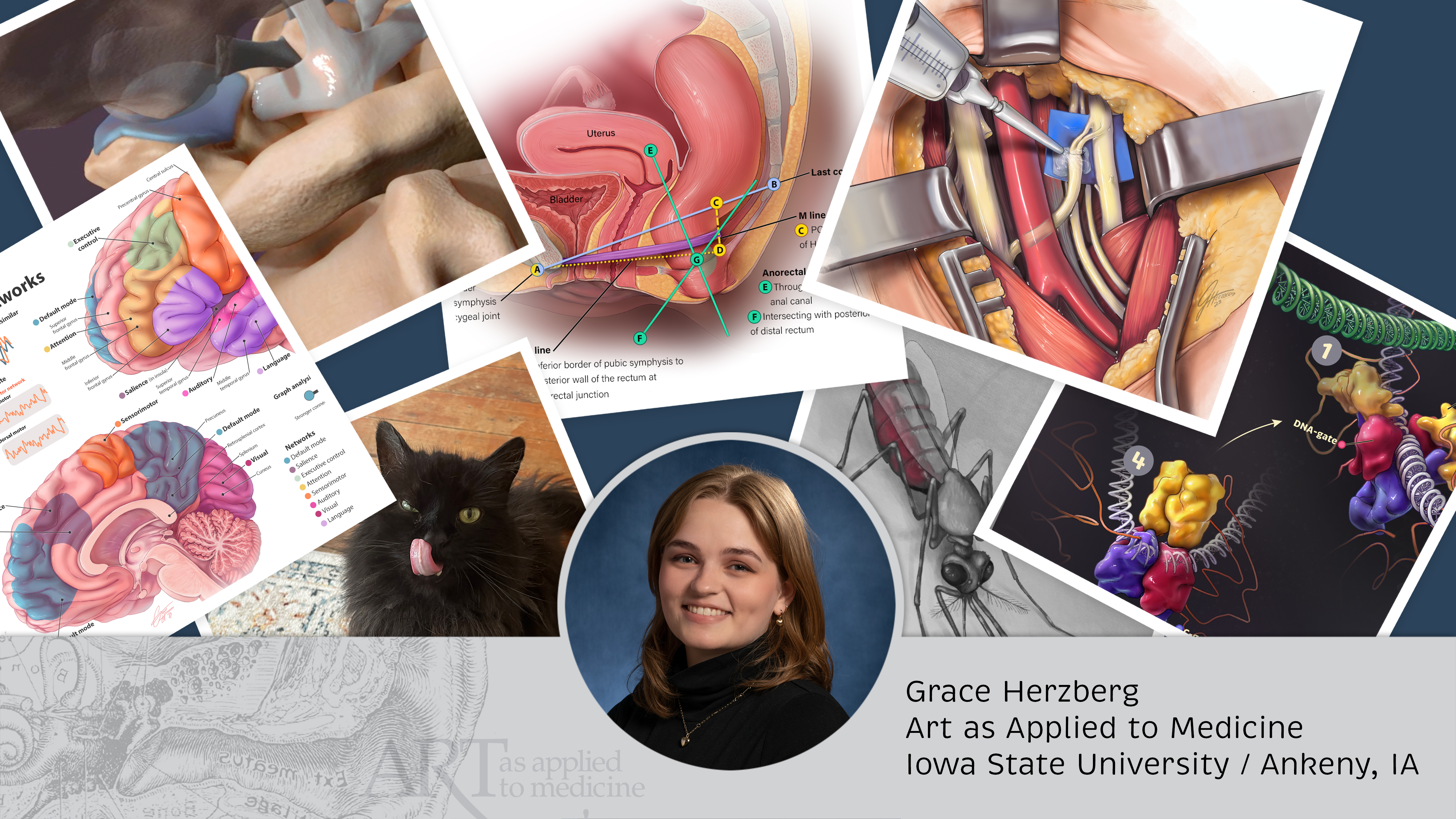MRI physics, a challenging topic for radiology residents to master, is a key component of the American Board of Radiology (ABR) CORE exam required for board certification in diagnostic and interventional radiology. A previous needs assessment identified a desire for multimedia learning resources about MRI physics among radiology residents. This thesis project investigates whether the use of interactive and gamified materials facilitates learning and engagement when studying MRI physics, with a focus on MRI pulse sequences.
We created an interactive, gamified study “desk” containing activities focused on the basics of MRI pulse sequences including a written module, a puzzle activity, a practice test, and flashcards. The module was created iteratively with a radiology attending. User testing was conducted with radiology residents studying for the CORE exam. We created a survey to comparatively test learning and engagement using our written module and the interactive pulse sequences puzzle. This online Qualtrics study was distributed to radiology residents and fellows at the Johns Hopkins University School of Medicine. Participants were sorted into either module or module + puzzle survey groups where they completed a pre-test, viewed relevant WebGL content that we created, answered an engagement survey, and completed a post-test.
Survey results showed that participants in both groups significantly improved their scores, suggesting the overall efficacy of our educational materials. Results from this study illuminate a preference among radiology residents for visual, interactive media and may inform the creation of future radiology education materials.
There was no significant difference in learning between test groups. Engagement survey results showed that the module and puzzle were equally engaging and yielded positive impressions. Respondents appreciated the module’s diagrams and graphics as well as the opportunity to build a pulse sequence using the puzzle activity. Suggestions for improvement included adding more pulse sequence puzzles and practice questions at the end of each module subtopic.
Our study suggests that interactive learning media may increase learner engagement. Future directions include increasing survey sample size, implementing respondent feedback into the WebGL content, and hosting the study tool on TeamRads.com, a publicly available radiology education website.
- Thesis Student: Grace Herzberg, MA-2024
- Preceptor: Erin Gomez, MD
- Department Advisors: Jeffrey Day, MD, MA
- https://jscholarship.library.jhu.edu/items/d3da2c5f-95d4-4302-9ce8-72774dec4bfa

